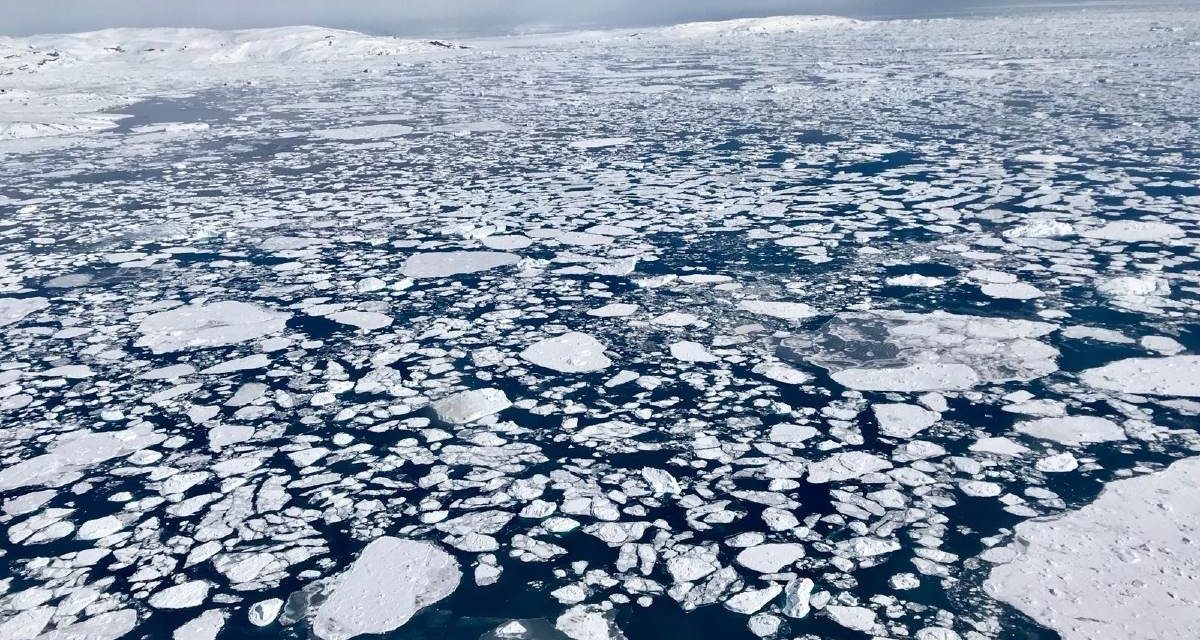In our global information age, connectivity plays a central role. The geopolitics of connectivity is increasingly garnering attention, presenting various challenges and opportunities. Unfolding in real-time is a new great game of sorts: the digitalization of the Arctic. Stakeholders range from public to private enterprises and include autocratic and democratic governments. The “prize” is control over the flow of information within the Arctic, which affords both political and economic windfalls. Of course, restricting access to information is a well-known playbook of states like China, North Korea and Iran. After all, information is power.
Economically, digitalization directly improves living standards, an important precursor to socio-economic development. Indeed, the key economic drawcard for digitalization in the Arctic is the geographic reality that the region is the shortest distance connecting Europe to Asia. In tech-speak, this means data fiber-cables are shorter, which translates to optimal latency. Latency, the holy grail of digital communication, is essentially the “delay” in which information moves between origin and destination. The global financial system is merely one key sector that has its eye on the prime latency which Arctic digital avenues provide.
Traditional security challenges like great-power politics, resource politics, and the contemporary climate change threat are the usual headlines of Arctic security coverage. We outline Russia’s digitalization strategy and argue, in the Arctic context, the geopolitics of connectivity is somewhat overlooked. The Arctic’s digital transformation matters, as global connectivity becomes increasingly weaponized.
Read the full article at the National Interest.
Dr. Maria Shagina is a postdoctoral fellow at the Center for Eastern European Studies, University of Zurich. Follow her on Twitter: @maria_shagina.
Dr. Elizabeth Buchanan is lecturer in Strategic Studies, Deakin University Australia. Follow her on Twitter: @BuchananLiz.
The views expressed are those of the authors and do not reflect the official position of the United States Military Academy, Department of the Army, or Department of Defense, or of any organization the authors are affiliated with, including the Australian Department of Defence and Australian government.
Image credit: Linette Boisvert, NASA

